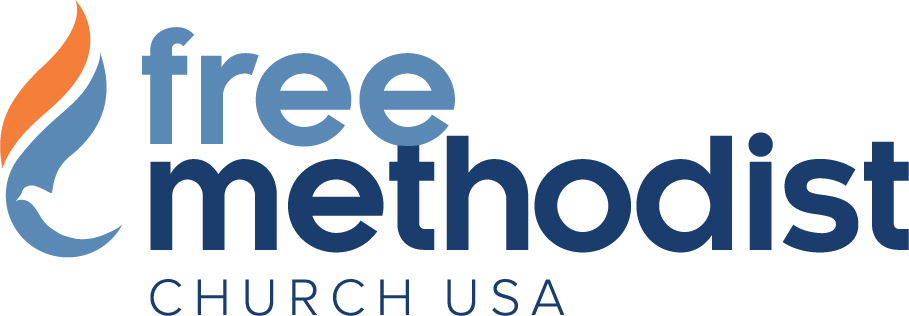HOMOSEXUALITY AND THE CHURCH HISTORIC (all)
HOMOSEXUALITY AND THE CHURCH HISTORIC – Complete document
What Does the Tradition Component of the Quadrilateral Have to Say Regarding the LGBT Debate?
Free Methodist Study Commission on Doctrine, 2014 Dr. Bruce N. G. Cromwell
Philipp Melanchthon, the great German reformer and quite possibly the first systematic theologian of the Protestant movement, famously said, “In necessary things, unity. In doubtful things, liberty. In all things, charity.”1 As debate surrounding the Lesbian, Gay, Bisexual, and Transgendered (LGBT) community grows and intensifies, such counsel is no doubt wise and necessary.
While in graduate school I read John Boswell’s work, Same-Sex Unions in Pre-Modern Europe.2 Boswell gained prominence in 1980 by receiving a National Book Award for his investigation into what he saw as a historically accurate overview of homosexuals, their challenges, and their freedoms up to the fourteenth century.3 Within Same-Sex Unions he tried to demonstrate that in the first millennium of the common era communities had, within the structures of Christianity, actually allowed same-sex couples to cohabitate and live functionally as married. Talking about the cultural ethos of the Greco- Roman world and the development of marriage rites and liturgical practices, Boswell attempted to demonstrate that examples of the recognition and blessing of same-sex unions are neither novel nor exceptional. Unfortunately, his argument lacks a smoking gun and conveys no conclusive proof. We all read from a particular bias, with particular cultural and religious assumptions. Boswell, who sadly died from AIDS- related complications shortly after the release of Same-Sex Unions,
